Search
Search within Resources
1447 results found
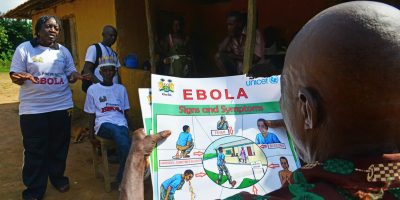
Background report
Historical Parallels, Ebola Virus Disease and Cholera: Understanding Community Distrust and Social Violence with Epidemics
In the three West African countries most affected by the recent Ebola virus disease (EVD) outbreak,resistance to public health measures contributed to the startling speed and persistence of this epidemic in the region. But how do we explain this resistance,…
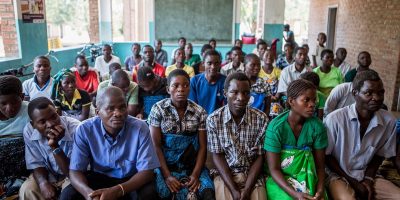
Futures thinking
Infectious diseases: preparing for the future Africa
This Foresight Report looks looks ahead 10–25 years to assess the future threat of diseases in plants, animals and humans.
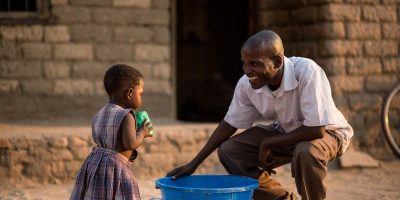
Background report
Human Health Impacts in a Changing South African Climate
Climate change is projected to lead to warmer temperatures, especially in southern Africa, where the warming is predicted to be 2°C higher than the global increase. Given the high burden of disease already associated with environmental factors in this region,…
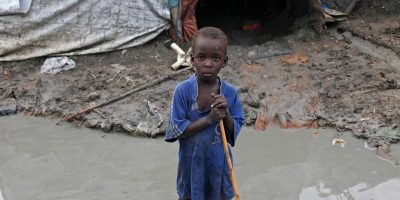
Background report
Fuzzy Expert Systems and GIS for Cholera Health Risk Prediction in Southern Africa
Cholera (Vibrio cholerae) is endemic in southern Africa and frequently breaks out in epidemics along the eastern seaboard. Extensive resources are directed at combating cholera yet it remains a significant problem. Limited resources could better be directed to prevent outbreaks…

Background report
Addressing Rural Health and Poverty Through Water Sanitation and Hygiene: Gender Perspectives
Women play a crucial role in providing care and support, and also in the use and management of the water resources and sanitation at the household level. In addition, voluntary community care work is done mostly by women, rather than…
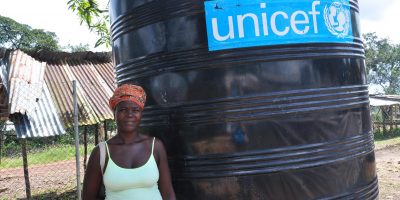
Futures thinking
Scenarios for the South African water sector in 2025
A paper reporting on a project to build knowledge about key drivers and uncertainties related to the future of the South African water sector.
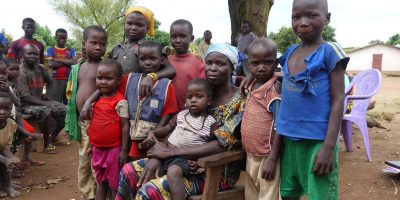
Evidence review
A Practitioner’s Guide for Facilitating People Centred Adaptation: Participatory Adaptation Handbook
This book has been compiled by a group of practitioners from South Africa, Ethiopia and Germany, and draws on our collective experiences in supporting local communities in adapting to increasing climatic variability and change. The authors have written this book…

Background report
Seasonality of Cholera from 1974 to 2005: A Review of Global Patterns
The seasonality of cholera is described in various study areas throughout the world. However, no study examines how temporal cycles of the disease vary around the world or reviews its hypothesized causes. This paper reviews the literature on the seasonality…
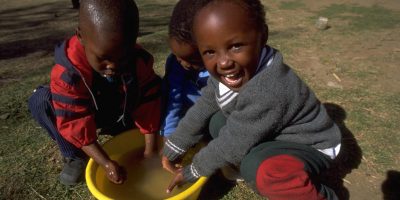
Background report
The Case of Cholera Preparedness, Response and Prevention in the SADC Region: A Need for Proactive and Multi-Level Communication and Co-ordination
In this paper the authors seek to identify the most appropriate model for a regional co-ordination mechanism for cholera preparedness, response and prevention. The qualitative mixed-method data collection approach that was followed revealed the need for alternative solutions, including a…
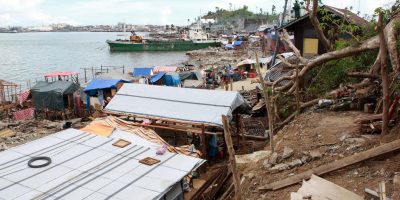
Background report
Interaction between Climatic, Environmental, and Demographic Factors on Cholera Outbreaks in Kenya
Cholera remains an important public health concern in developing countries including Kenya where 11,769 cases and 274 deaths were reported in 2009 according to the World Health Organization (WHO). This ecological study investigates the impact of various climatic, environmental, and…

Background report
Environmental Determinants of Cholera Outbreaks in Inland Africa: A Systematic Review of Main Transmission Foci and Propagation Routes
Cholera is generally regarded as the prototypical waterborne and environmental disease. In Africa, available studies are scarce, and the relevance of this disease paradigm is questionable. Cholera outbreaks have been repeatedly reported far from the coasts: from 2009 through 2011,…
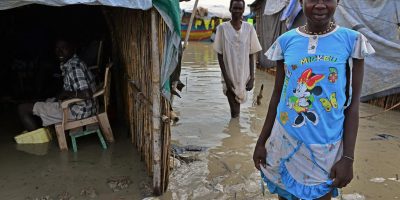
Briefing
Sexual Health Gets Little Attention in a Crisis, with Devastating Results
About 125 million people are affected by crises. A quarter of those people are female and of reproductive age – and women are 14 times more likely than men to die in a crisis.


